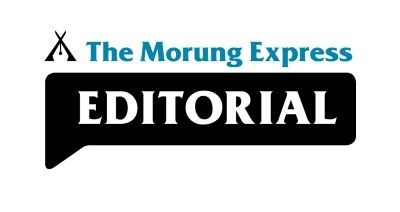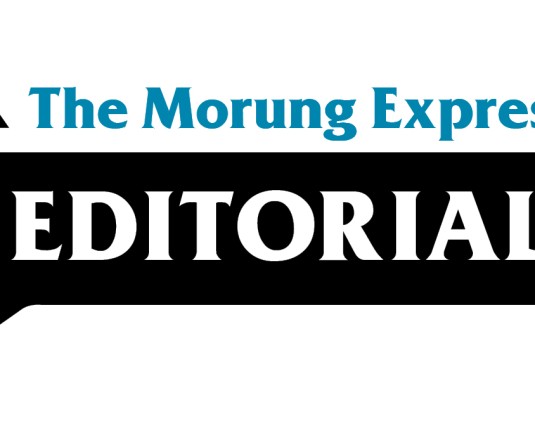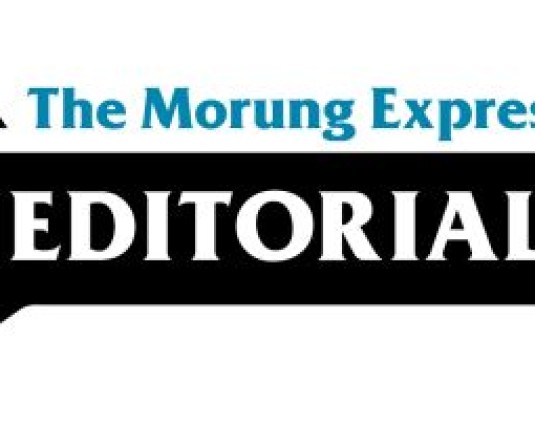
The elections to the Manipur State Assembly will in all likelihood be held in February next year. Not much time therefore remains for poll preparation to what is expected to be one of the most crucial elections that Manipur will undoubtedly undertake. There are obvious reasons why next year’s election will determine the future of several burning issues both within the State and also outside of it. Today Manipur remains an enigma of sorts with a plethora of problems both political and social. It is also a fact the majority of these are in relation to grievances that the common people carry against the government and the state machinery.
But what should distinguish them from the every day bread and butter issue is the deeper aspiration of several ethnic groups. The issue regarding the Nagas of Manipur falls under this latter bracket and cannot be simply termed as an economic issue anymore. While there may have been (and still is) grievances of lop sided development and the exploitation of the hills people by valley politicians, today the issue is no more an equation of majority-minority but one in which the Naga people inhabiting the four hills districts are now seeking political identity rooted in their strong belief that their destiny is one of political affiliation with the larger Naga homeland and not political subjugation under the present dispensation at Imphal.
As such given the enormity of the occasion for the Nagas in particular, people’s aspiration for integration should find a ‘voice’ in the formal democratic process, most notably through electoral politics. To plan for the election in a manner that will effectively address the Naga issue, it is important for the Nagas of Manipur to work in unison if at all they desire to achieve their political objective. In this context, how well the United Naga Council in Manipur is able to prepare and mobilize the general public as well as the intending candidates will be crucial. The call given by the UNC to all the aspiring candidates of the forthcoming Manipur Legislative Assembly election to participate in a joint meeting to be held on October 21 at Tahamzam (Senapati) is therefore a welcome move.
However, one of the major problems that remain is finding the ‘right vehicle’ for contesting the polls. Given the bitter experience of contesting on party tickets the UNC should seriously contemplate an alternate ‘political mechanism’ for the ‘right’ intending candidates to contest. Unless a pre-poll alliance is worked out to include the aspirations of the Naga people. However the risk factor will always remain even in such pre-nuptial agreements as once in power, the more powerful partners may choose to sidestep the issue as was the case with the Telangana Rashtra Samithi (TRS) in relation to the demand for a separate Telangana State. Further, whether the Naga National Party (NNP) already out with its 21-point election manifesto will be acceptable as a party of choice for the people is another matter that can be looked into. While it may not be practically feasible to have one consensus Naga candidate to contest from constituencies coming under the four hills district, the plan should be to ensure that people vote in a ‘united’ manner and that division of votes is checked. The concerned Naga organizations should work in a way that ensures a good number of elected representatives. Whether or not it will be workable to have a common political platform, at the end of the day it is important for those elected to address issues and not monopolize power and pelf as has been the case of many Naga politicians in Manipur.





